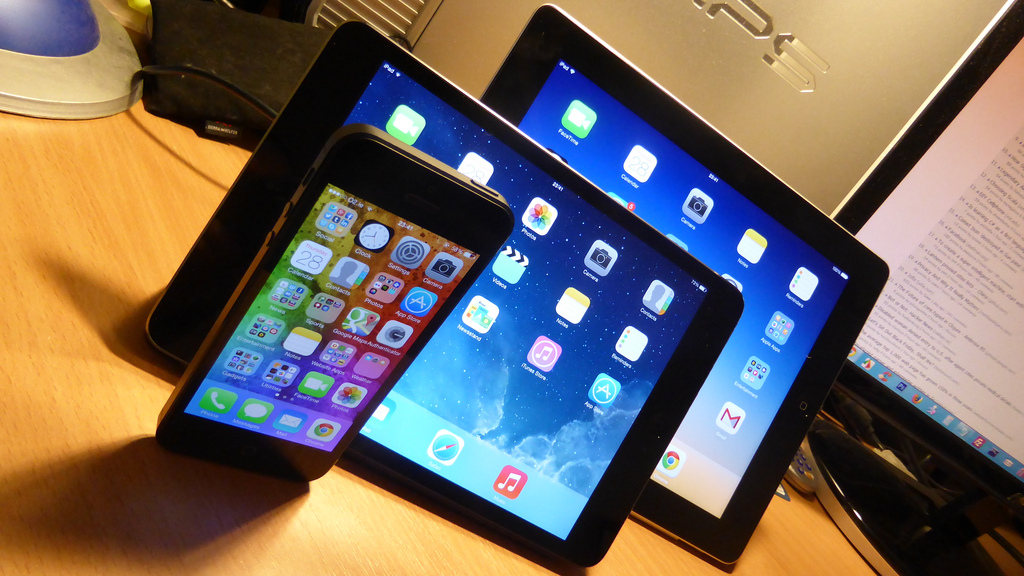Diversify or… You Know What: The Business Adage That is even More Pertinent in the Modern Age
It’s the age-old business proverb, the first thing they teach you at business school: Diversify or die. In an interconnected world that consists of so many unique people all with different personalities, ideas, and tastes, how can one product or service expect to attract them all if it only caters to a specific subsection? A successful business must expand its target audience, and the best way to do this is to offer a multitude of services under the same brand name. So which multifaceted companies are doing it right at the moment?
Sun Bingo
[youtube https://www.youtube.com/watch?v=R9hnKwk0CvU]
In the days of the traditional bingo hall, the player demographic was predominantly senior females. But since bingo moved to an online setting, sites have been attempting to shift away from targeting such a niche audience and branching out to other age groups as well as male users.
Sun Bingo stays true to its roots by appealing to the bingo hall visitors of old with things like the chat rooms, chat hosts (see video above), and bingo lingo, but it also reaches out to other users with its varied game types and energetic hosts. For example, research has found that men like the thrill of casino games, so Sun Bingo also offers a wide range of slots, jackpot games, and table games like roulette. Going to the site to play table games may then lead men to partake in some of the bingo games offered, and vice versa for women.
Offering multiple games is a common theme for bingo sites and online casinos now, and those that don’t diversify in this way will get left behind.
Walmart
[youtube https://www.youtube.com/watch?v=D5xKm8tf9Ks]
Walmart, the world-famous retailer and biggest company by revenue in the world, started out as one small store in 1950 opened by Sam Walton. Walton initially increased sales by lowering prices and taking a smaller profit for himself, and then set out to form a chain of stores that all operated under the same brand name. As the company grew, it diversified by taking over smaller companies and selling their products under the Walmart logo. This started with the capture of Mohr-Value Stores, and was soon followed by the acquisition of the Hutcheson Shoe Company. Walmart also began selling products from other markets in the same year, including pharmaceuticals and jewellery.
It wasn’t long before Walmart became renowned for being the one-stop shop for anything you need, and this led other retailers all over the world to follow suit. UK shoppers will know of Asda, which is the British version of Walmart. Boots is a prime example of a superstore that has adopted a similar model to the American giants. It began as a pharmacy but now sells everything from food and drinks to skincare and perfume.
Apple
[youtube https://www.youtube.com/watch?v=mUleUOD8sFc]
For many years Apple was merely a computer company, producing different versions of the Apple Macintosh computer between the years of the company’s inception and Steve Jobs’ return in 1997. It was when Jobs came back in as CEO that he began to restructure the product line and seek out ways in which the company could diversify. This began with the Apple Store, the now famous place that Apple users visit to download their apps.
Soon the company decided to tap into the booming music industry and seized on an opportunity to offer an alternative to the outdated portable CD player. This was the iPod, which was an instant success and dominated the up-and-coming mp3 market. Releasing the iPod effectively made Apple cool, and introduced young audiences to the products, thus paving the way for the release of the first iPhone in 2007 and the original iPad in 2010.
Through these varied products, Apple has managed to attract multiple audiences. Youngsters buy the products for the music accessibility and apps, professionals can send emails and create documents, seniors can download bingo apps, the list goes on. This is why Apple is now one of the richest companies in the world with a value of $234 billion.
All these case studies are testament to the fact that diversification in business is key. And if you want more proof, what about the companies that failed to adapt and evolve? Blockbuster is a prime example of this. The once hugely successful video rental store ceased operations in 2013 because it failed to move with the times and offer customers other ways to enjoy its products, such as through downloads. The company died through lack of diversity.



 Bitcoin
Bitcoin  Ethereum
Ethereum  Tether
Tether  XRP
XRP  Solana
Solana  USDC
USDC  Cardano
Cardano  TRON
TRON  Lido Staked Ether
Lido Staked Ether  Avalanche
Avalanche  Toncoin
Toncoin